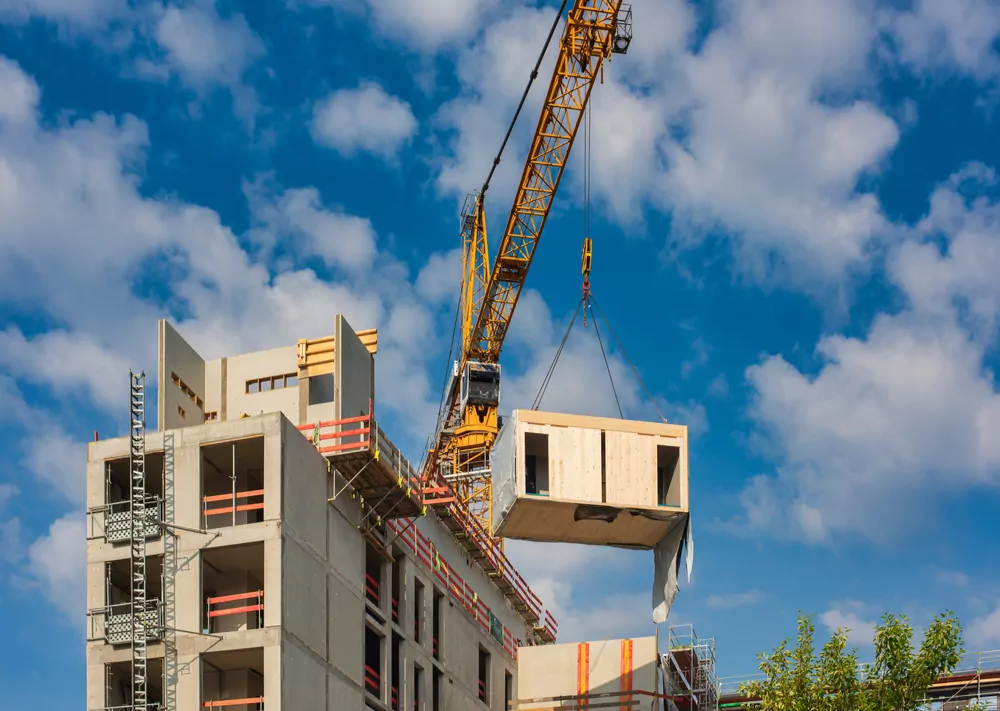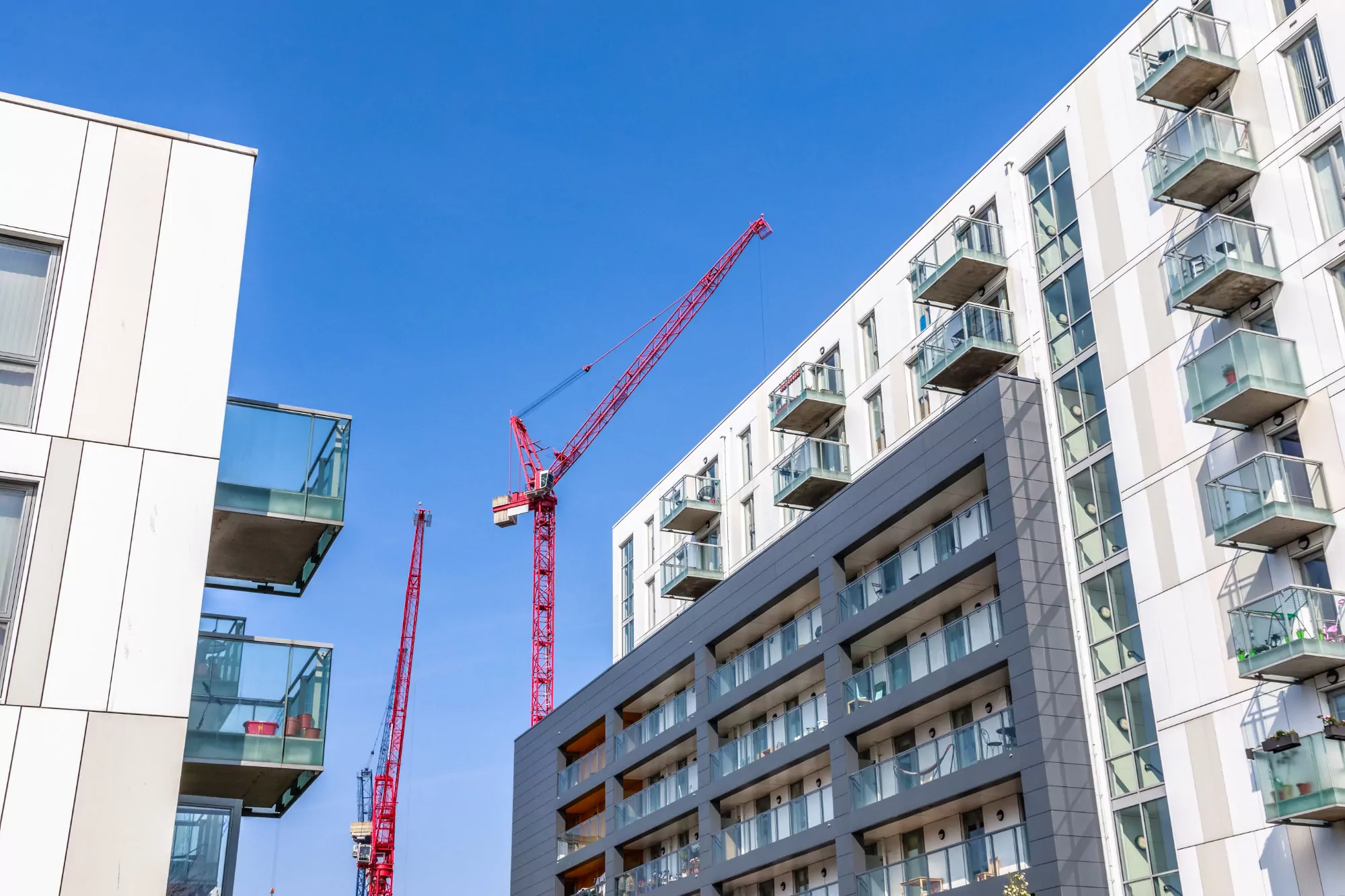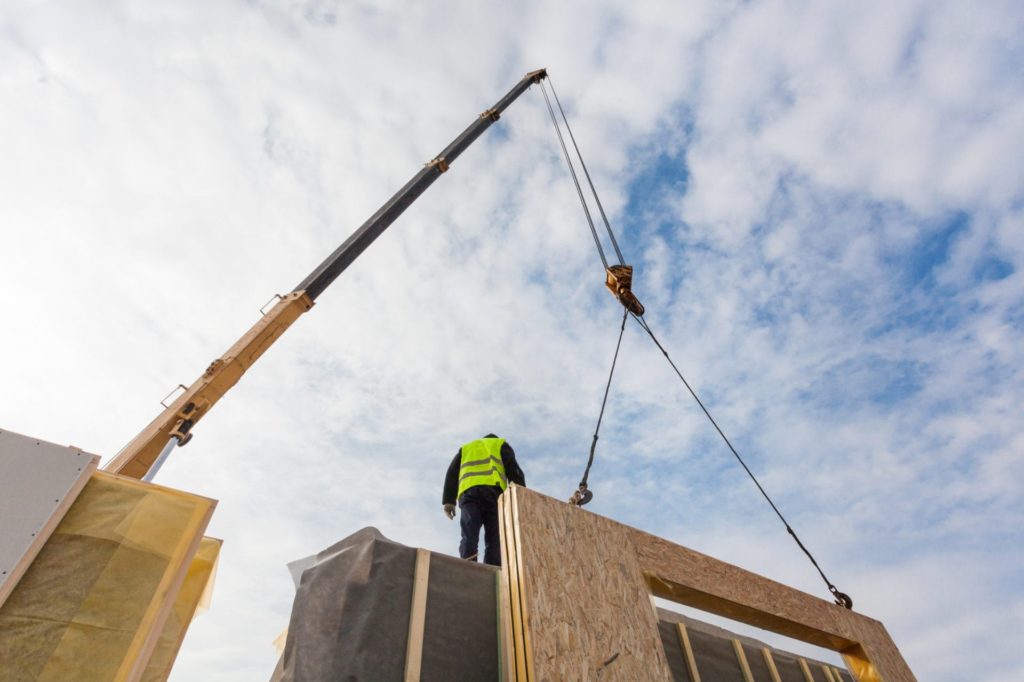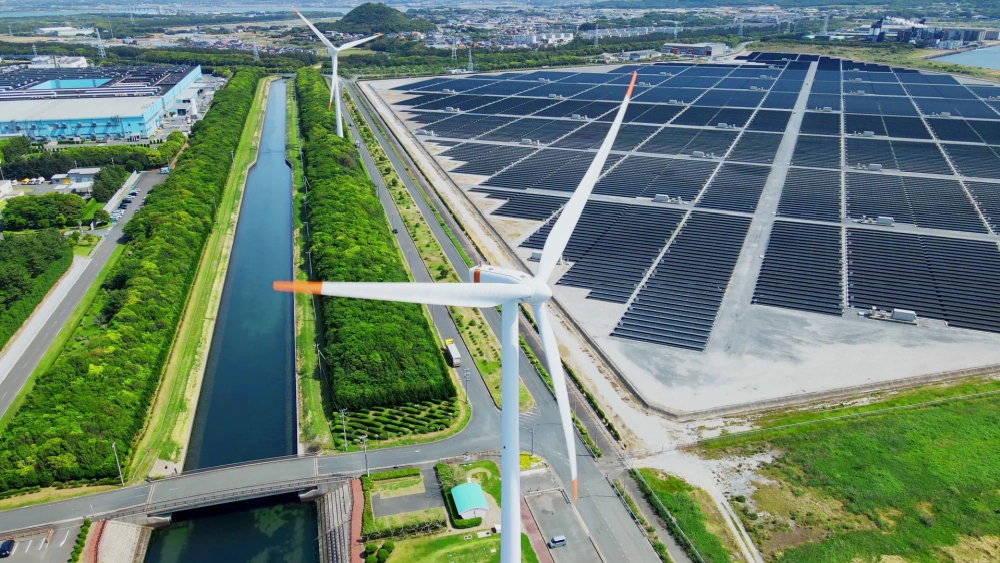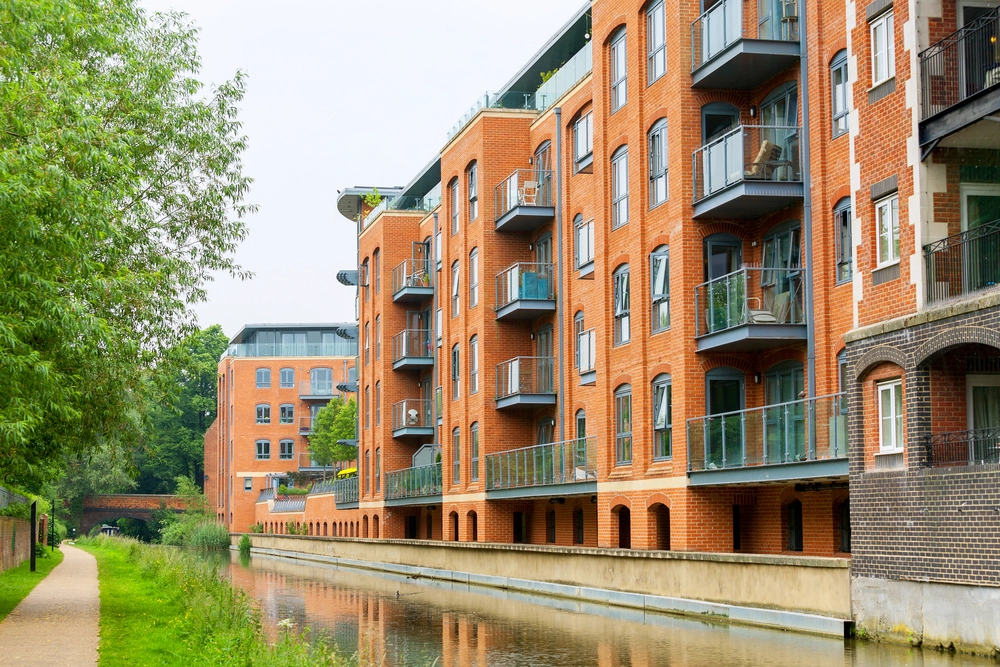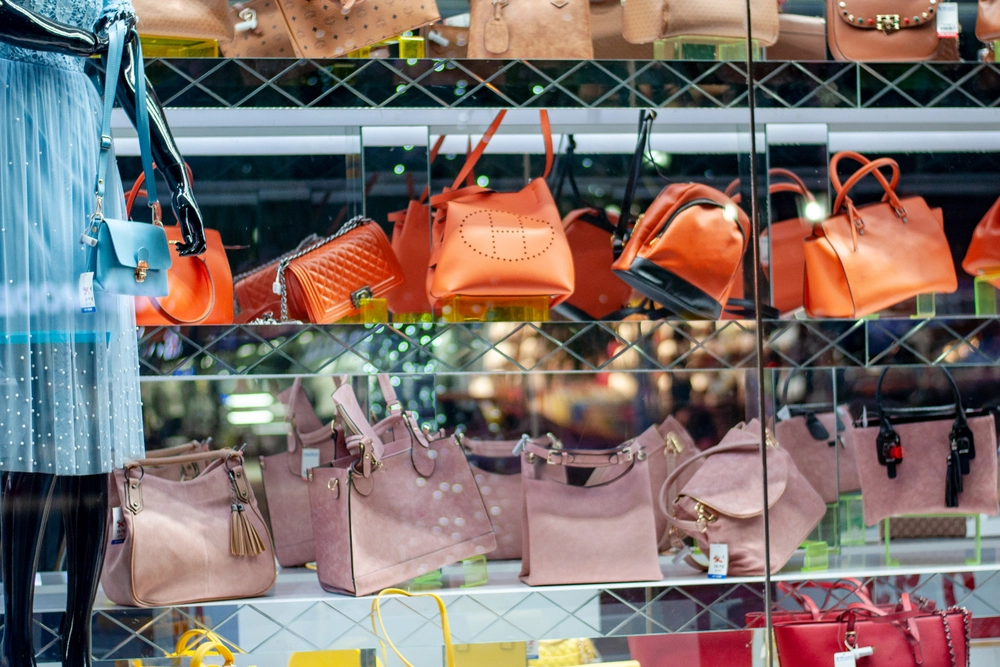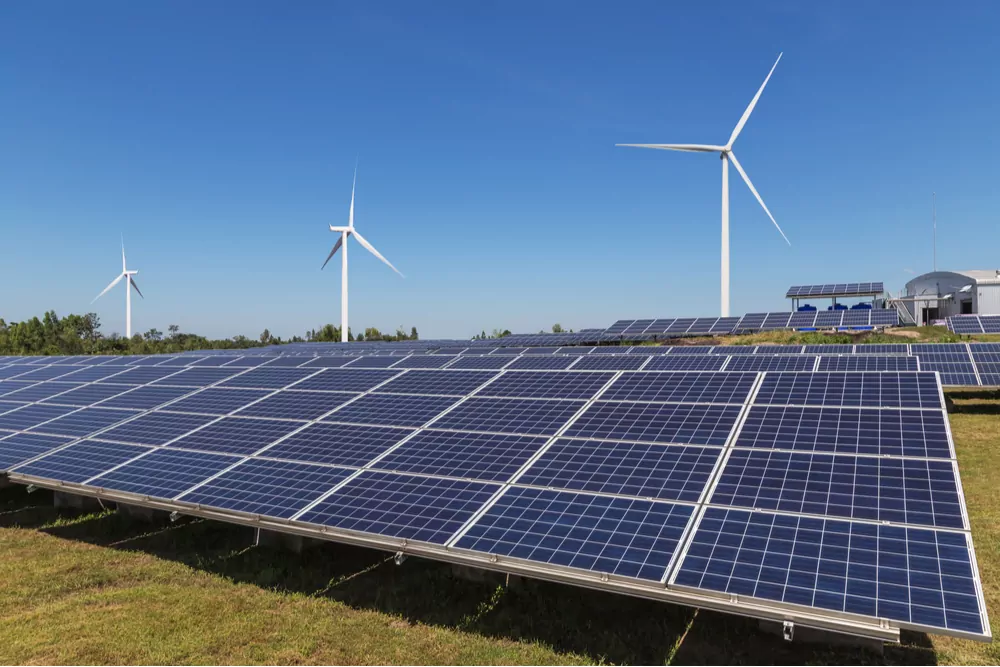Net Zero
Following on from COP26 towards the end of 2021, it is clear that there is a great focus from stakeholders in the construction industry on how the industry can work towards to reducing its carbon output. This follows on from reports, such as the Construction Leadership Council’s “Good progress but not fast enough”, which have sought to establish where the industry is in achieving targets to reduce carbon emissions and to address the hurdles which the industry continues to face.
Although it may feel like ‘Net Zero’ has become somewhat of a buzzword for 2022, lenders will want to consider how they want to approach this, not only from their own perspective as a business but also what they would also require from their customers and subsequently, their customers’ development supply chain.
Lenders should also be aware of changes coming into play which seek to address the reduction in carbon and will have an impact on the building industry. For example, the changes to the Building Regulations are set to come in from June 2022, which are intended to help reduce the emissions from new build homes by nearly a third. As a result, lenders, particularly those whose customers are developing predominantly residential builds, will want their technical teams / project monitors to be aware of these changes when considering any proposals produced by customers’ development teams.
Further, lenders may want to consider where they have specific requirements which they will want to pass down to their customer. For example, along with their standard construction requirements, is there an opportunity for lenders to incorporate substantial initiatives into their lending and or the developments they procure an interest in. Lenders may also want to give some thought to those projects which are likely to be favourable in the long term for reasons of being Net Zero. In addition, what is the risk to the lenders interest if they are tied to projects which are not favourable, due to either their lack of Net Zero credentials or their failure to achieve such credentials.



